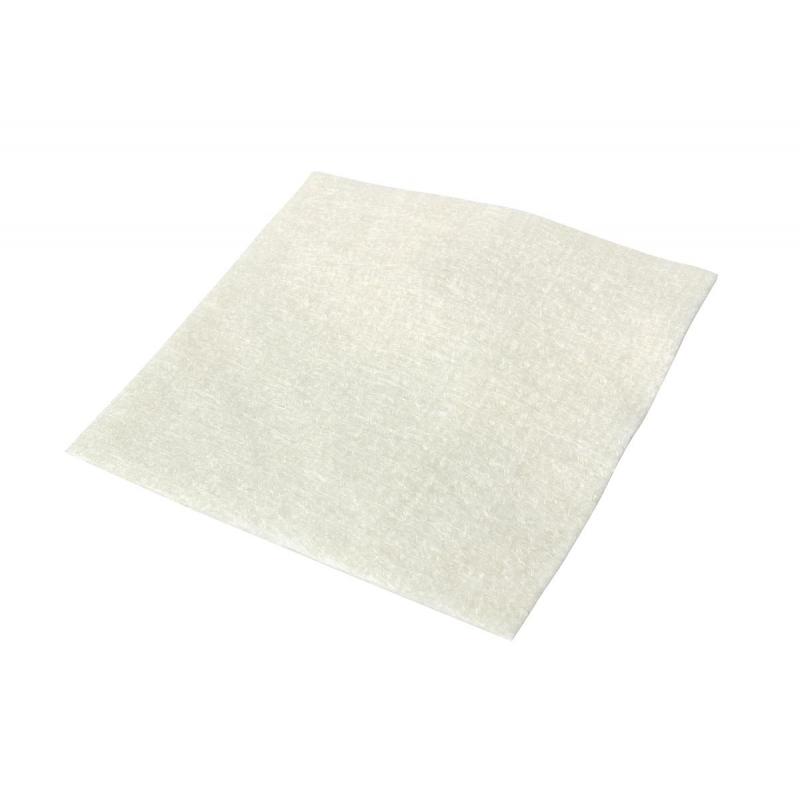 Bed Sore(Pressure Ulcers,PU), is a result of tissue damage and necrosis caused by long-term pressure on the body’s tissues, blood circulation disorders, and tissue malnutrition. Skin pressure ulcers in rehabilitation, care is a common problem. It not only reduces the patient’s quality of life, but also consumes a lot of medicine, nursing costs. According to the relevant literature, about 60,000 people die each year from pressure ulcer consolidation.
Bed Sore(Pressure Ulcers,PU), is a result of tissue damage and necrosis caused by long-term pressure on the body’s tissues, blood circulation disorders, and tissue malnutrition. Skin pressure ulcers in rehabilitation, care is a common problem. It not only reduces the patient’s quality of life, but also consumes a lot of medicine, nursing costs. According to the relevant literature, about 60,000 people die each year from pressure ulcer consolidation.
In order to increase the management and research of pressure ulcer, the United States and Europe respectively set up a medical prevention and control system of pressure ulcer and carried out a series of related researches in this area, which played a positive role in the prevention and control of pressure ulcers. This site summarizes many years of clinical nursing practice and teaching series of research and successful experience at the same time, also referred to a large number of relevant information, detailing the related pressure ulcer care and treatment methods, some articles are also operating video for study.
This article describes alginate / calcium dressing dressing dressing method:
Alginate / Calcium wound dressing introduction
Alginate / calcium dressings are natural polysaccharide carbohydrates extracted from seaweed, a natural cellulose. Alginate / Calcium Wound Dressings come into contact with the sodium salt in the blood and wound exudate and form a hydrophilic gel that encapsulates and immobilizes the wound bacteria and tissue debris in the reticular gel, providing the ideal for wound healing Moist environment, to help the wound quickly stop bleeding, promote wound healing, relieve wound pain.
-
Step 1 Observation of wounds, wounds without dry scab, you can use alginate / calcium alginate dressing. The wound around with sterile saline to clean the wound dry scab, so yellow necrotic tissue exposed.
-
Step 2 According to the size of the wound to choose the appropriate alginate / calcium wound dressing, dressings slightly larger than the wound selection is appropriate.
-
Step 3 The alginate / calcium wound dressing is applied to the wound and covered with a medical clear film or a thin hydrocolloid dressing to help isolate the wound from the bad atmosphere of the outside air and create a sterile environment for the wound.
Precautions:
-
If the wound exudate more volume, it is recommended to change once daily alginate / calcium wound dressing.
-
Ask your doctor or wound therapist every 3-4 days to assess if you need to change to another dressing.
Leave a Reply